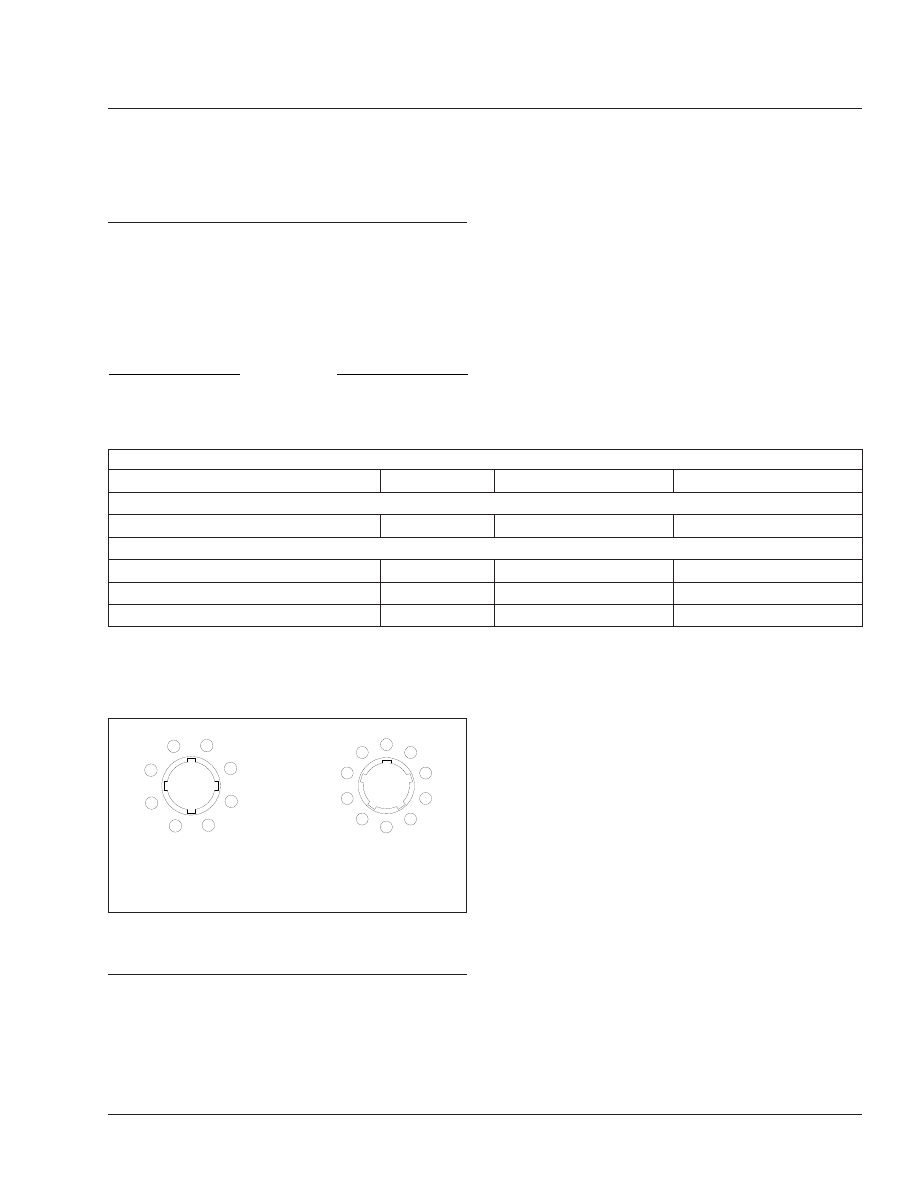Freightliner Coronado 132 / 122SD. Manual - part 21

40–01 Wheel Nut Check
IMPORTANT: After a wheel has been installed,
the wheel nut torque must be rechecked after
50 to 100 miles (80 to 160 km) of operation.
See
for disc wheel nut torque specifications,
and see
for the wheel nut tightening se-
quence.
NOTICE
Insufficient wheel nut (rim nut) torque can cause
wheel shimmy, resulting in wheel damage, stud
breakage, and extreme tire tread wear. Excessive
wheel nut torque can break studs, damage
threads, and crack discs in the stud hole area.
Use the recommended torque values, and follow
the tightening sequence shown in
When checking stud-piloted rear dual disc wheels
with inner and outer nuts, remove one outer nut at a
time, tighten the inner nut, then reinstall and tighten
the outer nut. Repeat this procedure for all wheel
nuts, using the tightening sequence shown in
Disc Wheel Fastener Torques
Description
Nut Size
Wheel Manufacturer
Torque: lbf·ft (N·m)
10-Hole and 8-Hole Hub-Piloted Disc Wheel With Two-Piece Flange Nuts
*
Front and Rear Wheel Nut
M22 x 1.5
All
450–500 (610–678)
10-Hole Stud-Piloted Disc Wheel With Inner and Outer Nuts
†
Front Wheel Nut
1-1/8–16
All
450–500 (610–678)
Rear Wheel Inner Nut
3/4–16
All
450–500 (610–678)
Rear Wheel Outer Nut
1-1/8–16
All
450–500 (610–678)
*
Torque values for hub-piloted wheels are given for lubricated threads. Lubricate threads with SAE 30W engine oil. Do not apply thread lubricant to ball seats
of the nuts and wheels. Wipe it off if it is applied accidentally.
†
Torque values for stud-piloted wheels are given for clean, dry threads.
Table 1, Disc Wheel Fastener Torques
40–02 Tire Check
Tires should be inspected closely during the first
3000 to 10,000 miles (5000 to 16 000 km) for abnor-
mal wear.
Maintain the proper pressures for carried loads, per
the tire manufacturers’ recommendations, or the tire
pressure label on the driver’s door.
Have the wheel alignment checked after the first
10,000 miles (16 000 km), then every 40,000 miles
(60 000 km) thereafter.
Do not continue to drive the vehicle if tires develop
any of the following:
• blisters;
• cuts or punctures that reach to the cord;
• a nail, screw, rock, or other puncturing object;
• flat spots or irregular wear;
• tread worn to a minimum depth;
• inability to maintain proper tire pressure.
09/18/2001
A
B
f400164
1
10
8
6
3
5
4
9
2
7
1
2
4
6
7
5
8
3
A. 8-Stud Disc Wheel
B. 10-Stud Disc Wheel
Fig. 1, Wheel Nut Tightening Sequence
Wheels and Tires
40
40/1